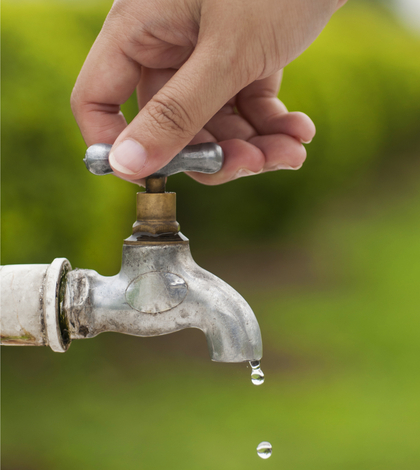In spite of mid-Water Year (WY) 2018 concerns of another drought and discussions of mandatory and enforceable water restrictions, the State Water Resources Control Board reported on Tuesday that the state’s water savings for January were a mere 0.8 percent versus the benchmark pre-drought year total for January 2013. The average water savings in nine of 10 hydrologic regions were down for this January compared to the same period last year when the statewide savings was 20.7 percent against the January 2013 benchmark.
January 2018 water savings by hydrologic region ranged from a high of 26 percent in the North Lahontan Region vs. water production of -0.3 percent – thereby exceeding the January 2013 threshold – in the South Coast Region. The North Lahontan Region was the only region to see its January 2018 savings of 26 percent exceed their January 2017 total with a 22.9 percent savings.
The State Water Board began collecting water production information from urban water suppliers in July 2014 following the board’s historic action to adopt an emergency water conservation regulation. Governor Jerry Brown proclaimed a Drought State of Emergency in January 2014 and directed state officials to take all necessary actions to prepare for these drought conditions. Mandatory water restrictions followed in April 2015. The emergency water conservation regulation expired last November.
Ninety-one percent – 372 of 409 urban water suppliers — submitted a January 2018 baseline water production report. Monthly reporting of urban water production is currently voluntary, as the reporting requirement ended with the expiration of the drought emergency conservation regulation in November 2017.
One third of urban water suppliers, serving almost 15 million people, reported water production at or above the January 2013 level. About another third achieved water savings of up to 10 percent compared to the same month in 2013; these suppliers serve more than 14 million people. One quarter of suppliers, serving 5.3 million Californians, reported water savings above 10 percent. Thirty-seven suppliers did not file a January 2018 report and 135 suppliers reported no savings.
Residential daily use in the state painted a bit better picture. The average statewide residential gallons per capita per day (R-GPCD) for January 2018 was 71.1. Although the average hydrologic region R GPCDs for January 2018 range from 52.8 to 115.6 — with use climbing up in nine of ten hydrologic regions compared to January 2017 – the residential daily per capita use in all hydrologic regions was below the volumes estimated for 2013.
Although recent rain and snow throughout the state, along with predictions for more this weekend and later next week, have been a bright spot in an otherwise exceptionally dry year, the State Water Board continues to eye permanent prohibitions against certain wasteful water use practices. In February the board extended the public input period by 15 days and postponed a planned decision by the board. No date has been set, thus far, for final Board consideration and decisions on the prohibitions against certain wasteful water use practices.
 California Water News Daily Your Source For Water News in California
California Water News Daily Your Source For Water News in California


